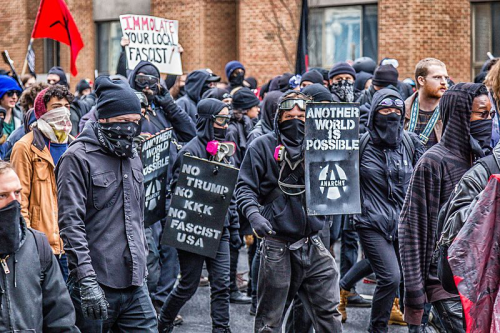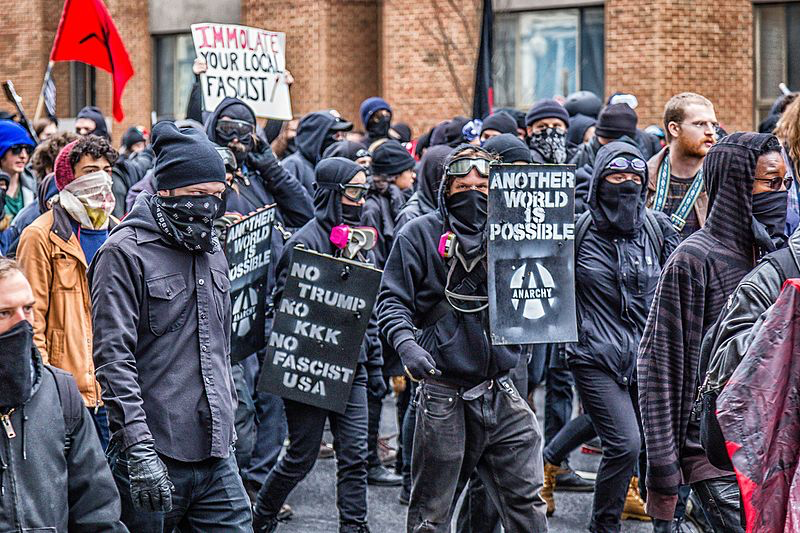
The FBI is currently tracking 850 suspected domestic terrorists, and as many as 60 percent could be linked to Antifa and other leftist causes.
“There have been more arrests and deaths in the United States caused by domestic terrorists than international terrorists in recent years,” the head of the FBI’s counterterrorism division, Assistant Director Michael McGarrity, tells a U.S. House committee.
McGarrity says the Internet and social media allow groups to radicalize potential terrorists without meeting in person, and results in terrorists taking action more quickly, making tracking the threats harder.
He tells Congress that while 40 percent of the suspects are linked to racist groups, mostly white nationalists, “the vast majority of the other cases involve subjects who promote anti-government or anti-authority sentiments,” ABC News reports.
That appears to refer to the “Antifa” or “anti-fascist” movement, which claims to oppose fascism despite holding entirely fascist views.
It also includes what the FBI call “anarchists.” Antifa terrorists and those holding similar views also call themselves “anarchists,” even though actual anarchy is the absence of government and the rejection of violence and their cause is committed to increasing the size of power of government through violent means.
While racist groups have been around for decades, “Antifa” and their leftist counterparts are relatively new, or have been resurrected from the 1960s, which saw a national wave of liberal terrorism and assassinations, indicating the rising prevalence of domestic terrorism is fueled by the Left, as much as the FBI is reluctant to admit.
According to Wikipedia: Antifa is not an interconnected or unified organization, but rather a movement without a hierarchical leadership structure, comprising multiple autonomous groups and individuals. Activists typically organize protests via social media and through websites. Some activists have built peer-to-peer networks, or use encrypted-texting services like Signal. According to Chauncey Devega at Salon, antifa is an organizing strategy, not a group of people. The antifa movement has grown since the 2016 presidential election and, as of August 2017, approximately 200 groups existed, of varying sizes and levels of activity. The activists involved subscribe to a range of ideologies, typically on the left and they include anarchists, socialists and communists along with some liberals and social democrats.
According to Brian Levin, director of the Center for the Study of Hate and Extremism at the California State University, San Bernardino, antifa activists feel the need to participate in violent actions because “they believe that elites are controlling the government and the media. So they need to make a statement head-on against the people who they regard as racist”. According to Mark Bray, the adherents “reject turning to the police or the state to halt the advance of white supremacy. Instead they advocate popular opposition to fascism as we witnessed in Charlottesville”.
The idea of direct action is central to the antifa movement. Former antifa organizer Scott Crow told an interviewer:
The idea in Antifa is that we go where they [right-wingers] go. That hate speech is not free speech. That if you are endangering people with what you say and the actions that are behind them, then you do not have the right to do that. And so we go to cause conflict, to shut them down where they are, because we don’t believe that Nazis or fascists of any stripe should have a mouthpiece
Scott Crow
A manual posted on It’s Going Down, an anarchist website, warns against accepting “people who just want to fight”. Here it is.

